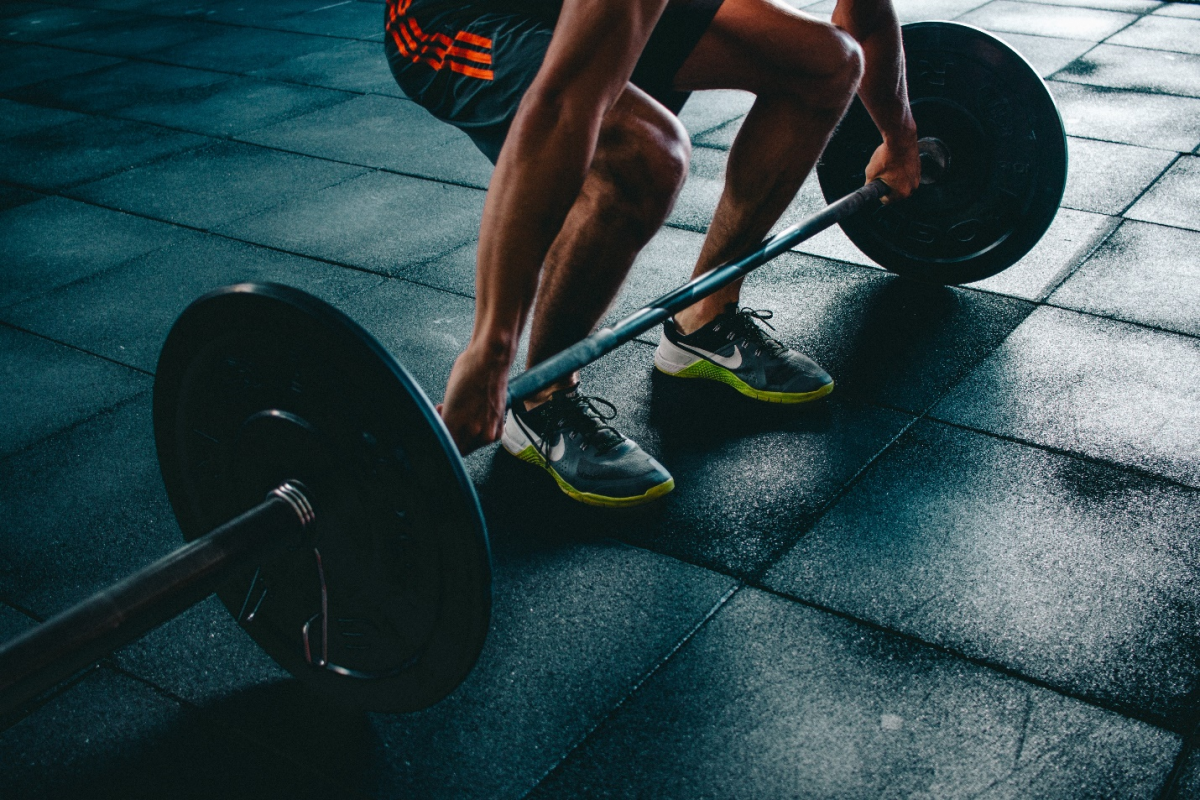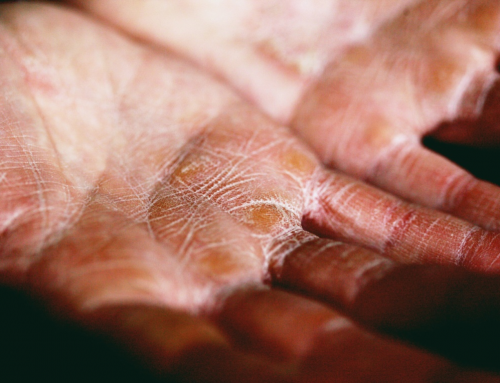Intense and prolonged physical activity or exercise can lead to exercise-induced asthma. Because of this, people start to wheeze, cough, and have shortness of breath during physical activity. Asthma symptoms can be brought on or worsened by any number of triggers. Asthma patients can have a difficult time exercising or playing sports. For some, it’s even hard to do everyday activities, like picking up groceries or walking upstairs.
But the good news is that people with asthma don’t have to give up on exercise and physical activity altogether. If you know how to manage your asthma symptoms, you can do most of the average person’s activities. Here are some tips for exercising safely.
Don’t Forget to Use an Inhaler
Make sure you use your quick-relief inhaler before going to the gym. It’s also a good idea to bring a second inhaler with you to keep in your gym bag in case of an emergency. Avoid exercising in polluted areas or when the pollen count is high.
Take It Slowly at First
You might not feel like you’re exerting yourself very much during your first few workouts, but that doesn’t mean you aren’t! Go slow at first to gauge what sort of workout is manageable for your body.
Use Good Form When Lifting Weights
When lifting weights or doing other exercises that involve strain on the chest and lungs, make sure you’re using proper form so that you don’t exacerbate your existing lung issues. Good form will help prevent injury and help build better definition in the muscles being used. If you’re unsure about the proper form for an exercise, ask a certified personal trainer.
Warm-up and Stay Hydrated
Warm up for 5–10 minutes at a lower intensity level before starting any high-intensity exercises. This gives your body time to adjust to the change of activity and prevents hyperventilation. It is also important to stay hydrated throughout your workout by drinking water regularly or carrying a water bottle. Heat and humidity can also trigger asthma attacks, so try not to exercise in high temperatures or humidity levels.

Talk to Allergy Specialist in Odessa, TX
Working out with asthma can seem like an impossible task. But with the right guidance from a proven asthma specialist In Odessa, TX, like John D. Bray, you will have the precautions and treatment to safely build your dream body in the gym. Dr. Bray helps patients in Odessa treat their eczema, sinus, allergic rhinitis, sleep disorders, and asthma.
If you have trouble breathing, click here to book an appointment today.









Leave A Comment